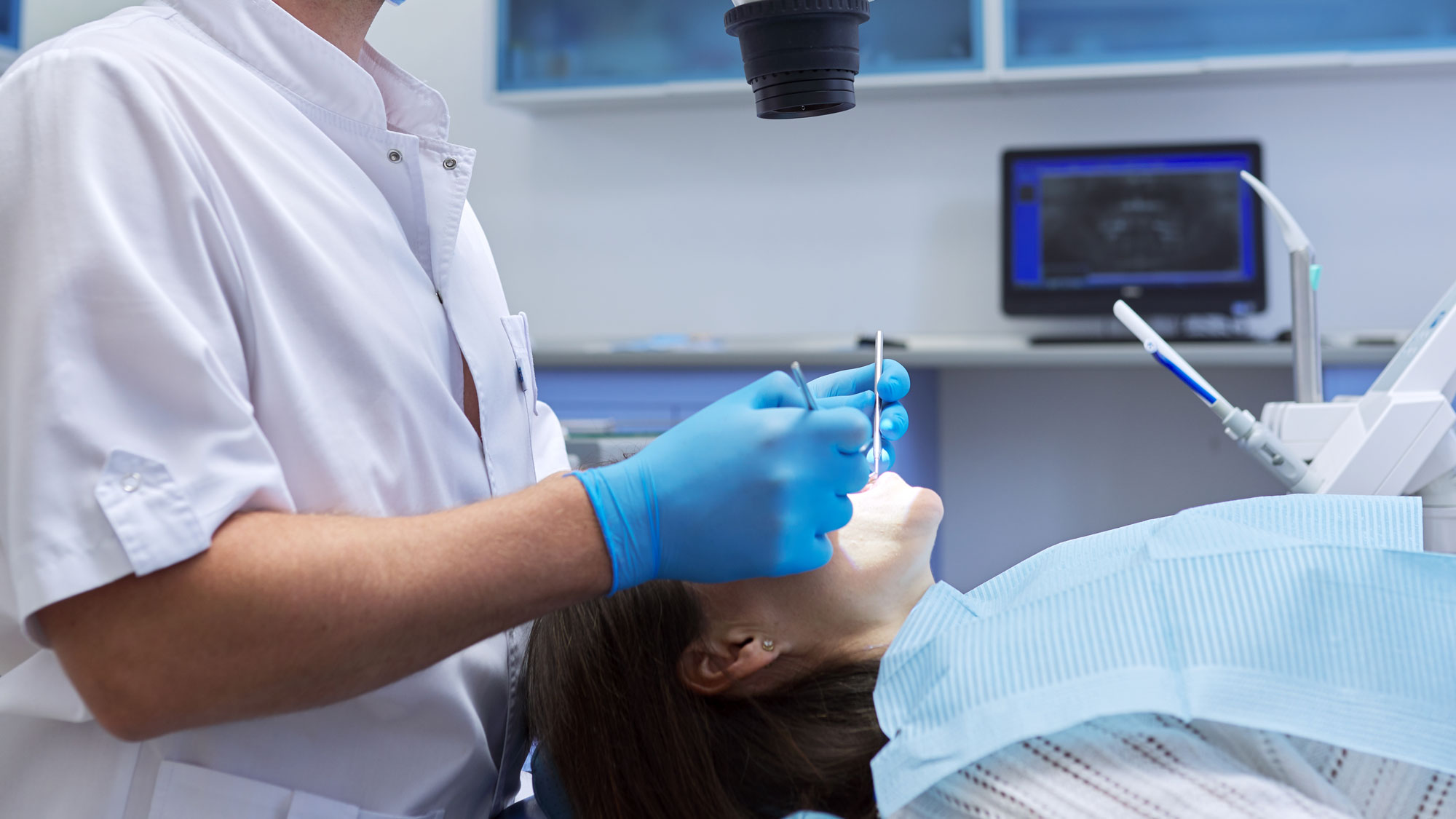Patient Reviews
0
+

In-house surgical guide printing is a revolutionary advancement in modern dentistry, enabling clinics to create highly precise guides for implant surgeries directly on-site. A surgical guide is a custom-designed tool that assists dentists in accurately placing dental implants, ensuring optimal positioning, angle, and depth. With in-house 3D printing technology, this process becomes faster and more efficient, eliminating the need to outsource guide production to external labs. Using advanced imaging and CAD/CAM software, the dental team designs the surgical guide based on the patient’s 3D oral scans. The design is then printed using a high-quality 3D printer within the clinic, significantly reducing wait times and providing same-day solutions in some cases. This approach not only improves the accuracy and success rate of implant surgeries but also enhances patient comfort and confidence by streamlining the treatment process. In-house surgical guide printing represents a blend of precision, innovation, and efficiency, offering patients a superior experience and outstanding results.

The dentist uses 3D oral scans and advanced software to design a custom surgical guide based on the patient’s unique dental anatomy.

The design is sent to an in-house 3D printer, which creates the surgical guide with high precision and accuracy within hours.

The guide is sterilized and used during the implant surgery to ensure accurate placement, depth, and angle of the dental implants.
A surgical guide is a custom-made tool that ensures accurate positioning, angle, and depth during dental implant placement, improving precision and outcomes.
In-house printing is faster, allowing clinics to create guides on-site, often within the same day, while outsourcing requires additional time and costs for external lab production.
Yes, in-house surgical guide printing uses advanced 3D imaging and software to produce highly accurate guides tailored to the patient’s anatomy.
Surgical guides are ideal for most implant procedures, but their suitability depends on the complexity of the case. Your dentist will determine if one is necessary during the planning phase.

